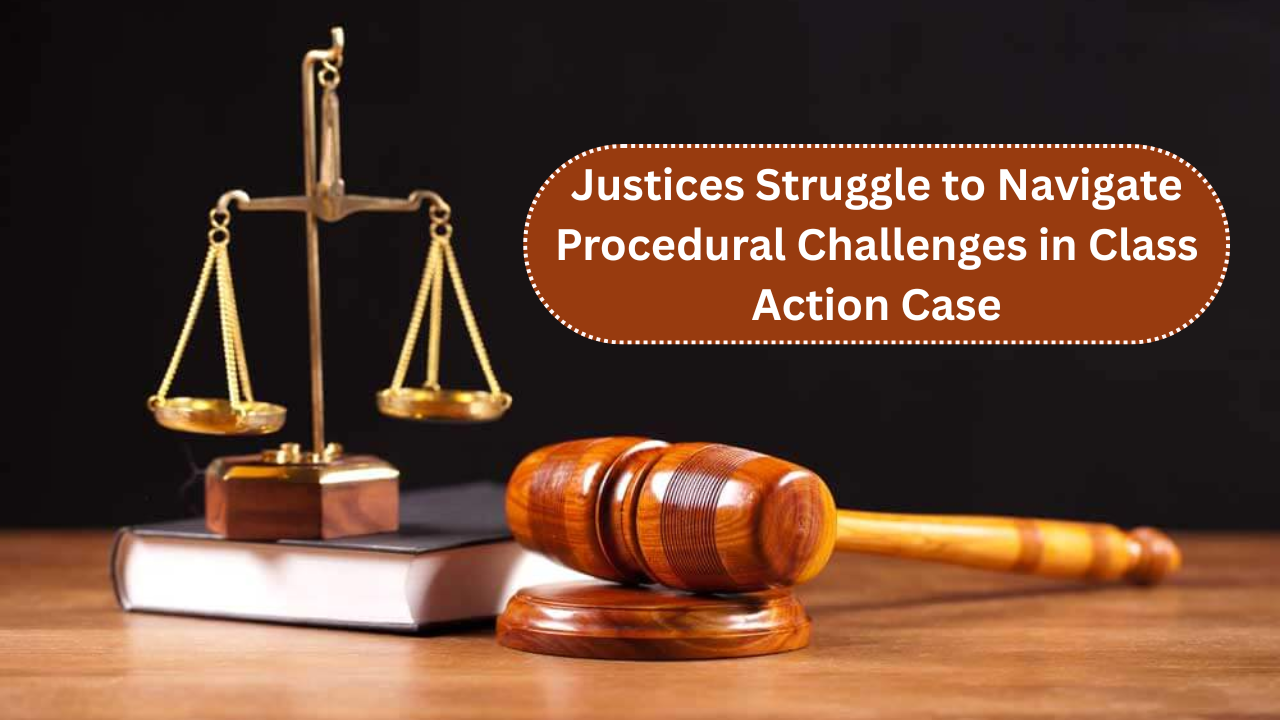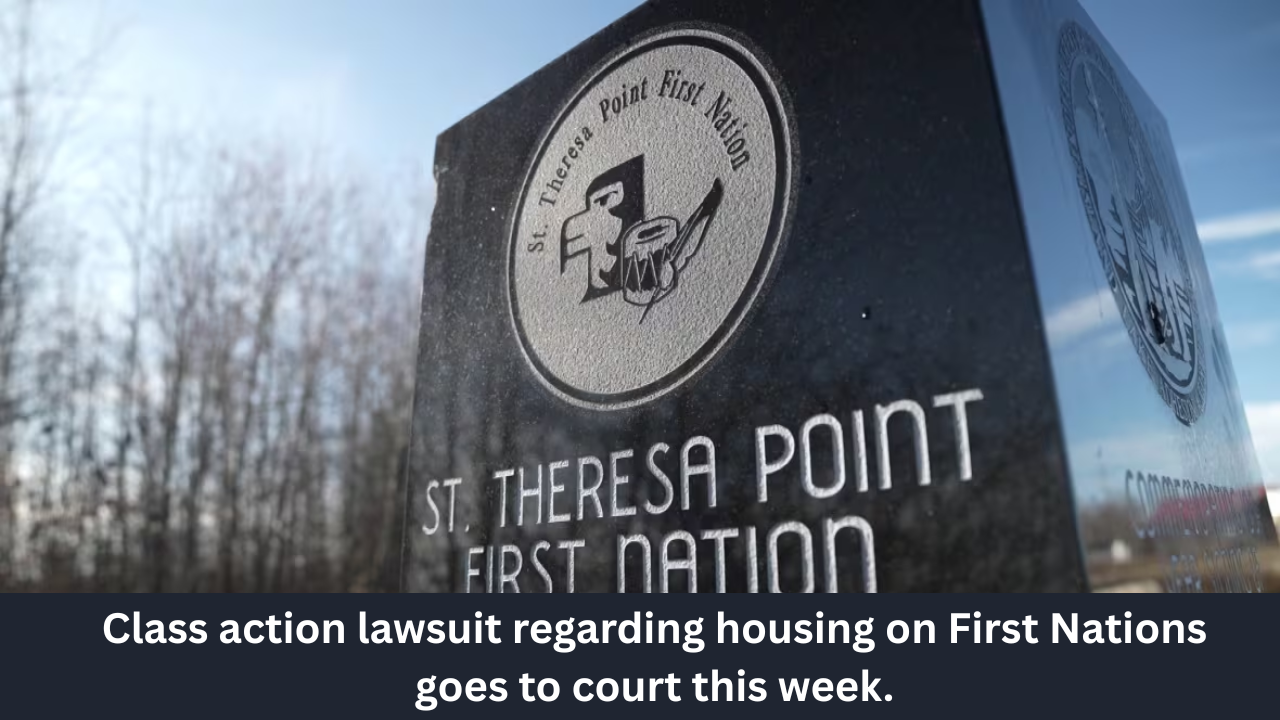The U.S. Supreme Court is currently deliberating over a crucial issue in class action litigation that could have wide-reaching effects on the way such cases are handled in the future. At the heart of the case Laboratory Corporation of America Holdings v. Davis, the justices are grappling with whether a class action can be certified under Federal Rule of Civil Procedure 23(b)(3) when some class members lack standing due to not having suffered an injury. This question revolves around the relationship between constitutional standing requirements and the procedural rules governing class actions.
Background of the Case
The case centers on a lawsuit brought by visually impaired patients alleging that Labcorp, a major clinical laboratory, violated the Americans with Disabilities Act (ADA) and California state civil rights laws. The issue in question is the accessibility of self-check-in kiosks at Labcorp facilities for individuals with visual impairments.
Key facts of the case:
- Plaintiffs: Visually impaired individuals who claim Labcorp’s self-check-in kiosks violated ADA and California civil rights laws.
- Main Issue: Whether a class action can be certified under Rule 23(b)(3) when some class members have not experienced injury and lack standing under Article III of the U.S. Constitution.
- Ninth Circuit Ruling: The Ninth Circuit ruled that the class could be certified despite the presence of uninjured members, arguing that common legal issues predominated over individual ones.
- Labcorp’s Argument: Labcorp contends that uninjured individuals should not be included in the class, as they lack standing under Article III and their inclusion undermines the predominance criterion of Rule 23(b)(3).
Legal Significance
The case raises complex procedural questions that could impact class action litigation more broadly. Here’s a breakdown of the primary legal concerns:
- Article III Standing: Under the U.S. Constitution, plaintiffs must show they have suffered a direct, personal injury to have standing to bring a lawsuit. This is a core principle of the judicial system.
- Federal Rule of Civil Procedure 23(b)(3): Rule 23 allows class actions to be certified if “questions of law or fact common to class members predominate” over individual issues. The Court must decide if commonality is enough to override the requirement of injury.
- Possible Outcomes:
- If the Supreme Court sides with Labcorp, it could impose stricter standing requirements for class action certification, potentially limiting the scope of class actions, especially in cases involving small or theoretical harms.
- If the Court agrees with the Ninth Circuit, it could bolster the ability to certify class actions even when some members do not have a direct injury, focusing on common legal issues.
Broader Implications for Class Action Litigation
The decision in this case could fundamentally change the landscape of class action lawsuits. Several key implications are on the horizon:
- Impact on Civil Rights and Consumer Protection Cases:
- Class actions are vital in civil rights and consumer protection cases, where the harm is often widespread but individual injuries may be minor.
- If stricter rules are imposed, it could become harder for groups with smaller, individual harms (e.g., consumer product defects) to bring class actions.
- Effects on Legal Strategy:
- A ruling in favor of Labcorp could lead to more narrow interpretations of who can be included in a class action, potentially discouraging class action lawsuits for smaller-scale violations.
- A broader interpretation may lead to an increase in class actions, as it would allow individuals without a direct injury to still be part of a case if the legal issues are sufficiently common.
- Practical Consequences:
- Consumer protection lawsuits could be particularly impacted, as class actions often provide an avenue for consumers who have suffered minor but widespread harm to seek compensation collectively.
- In civil rights litigation, this decision could either expand or limit the ability of plaintiffs to seek remedies for large groups of people experiencing similar harm.
Divided Lower Courts and Current Legal Landscape
Federal appellate courts are currently divided on whether uninjured class members can be included in a class action:
- Circuit Court Split: Different circuit courts have ruled differently on the issue:
- Some circuits, including the Ninth Circuit, allow class certification even when uninjured members are part of the class, as long as the common legal issues predominate.
- Other circuits have held that uninjured plaintiffs cannot be included in the class, citing the standing requirements of Article III.
The Supreme Court’s ruling is expected to resolve this split, establishing clearer guidelines for class action certification.

Potential Impact on Future Class Actions
The Court’s ruling in this case will be important not only for this particular case but also for the future of class action lawsuits in the U.S. Legal practitioners and observers are awaiting the decision, as it will likely influence class action litigation across various fields, including: U.S. Supreme Court
- Antitrust Lawsuits
- Consumer Protection Cases
- Civil Rights Cases
The Court’s decision could establish a new precedent that could limit or expand access to class action lawsuits, influencing the way future cases are filed, litigated, and decided.
Conclusion
The Supreme Court’s upcoming decision in Laboratory Corporation of America Holdings v. Davis could have a far-reaching impact on the future of class action litigation. The question of whether uninjured members can be included in a class action has the potential to significantly alter the procedural rules governing class certifications. Whether the Court imposes stricter standing requirements or allows broader class certifications, this case will shape the landscape of future class action lawsuits, particularly in areas such as consumer protection, civil rights, and antitrust law.
Legal observers and practitioners will continue to monitor the case closely, as its outcome will have lasting implications for the efficiency and accessibility of class actions in the United States.




